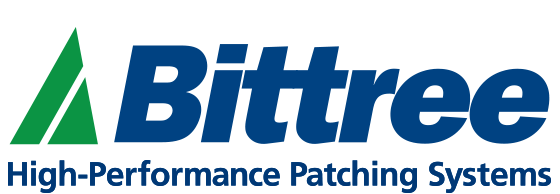Posted in Get Connected, Patch Panel
How to use a jack
How to use a jack in audio production depends on your end objective. On linux (a computer operating system that manages hardware resources), jack is the standard software used for controlling audio. Jack stands for “Jack audio connection kit”, and is a sound server that handles the demands of audio production assignments. Controlling the routing of audio and midi signals in audio recording, jack also controls sample rate, hardware buffer settings, and latency controls. A jack is also simply the end metal tip of an audio cable that connects to a port in a hardware device.
How to use a jack In audio recording - latency is an extremely important factor in capturing instrumental and vocal performances. The less latency you have, the more accurate a performance can be. Jack allows you to achieve low latency settings in audio and midi recording, and also allows you to select whatever hardware device you want to use for your recording session. Jack also allows you to use various programs together, syncing them so that they can share information and commands.
There are various types of jacks used in audio production. ¼”, ⅛”, XLR, Ethernet, and TTl’s (tiny telephone lines) connect hardware together. A jack plug forms the connection between hardware devices and multi effects units, allowing for a wide variety of sound creation options. A jack can be worn out from overuse in time, needing to be replaced. The use of a patch panel or a patch bay can extend the life of a jack, allowing devices to be connected for long periods of uninterrupted work flow. Devices can be plugged and unplugged at the patch bay or patch panel instead of having to be connected and disconnected at the inputs and outputs of hardware, thus prolonging the lifespan and functionality of your gear.
And for all of you other folks that made it this far into the post, I’m assuming you are not looking for the way a car jack is used. But if so, make sure you park on a solid surface to begin. Next, set your parking brake. Third, use wheel jocks if you got ‘em. Finally, make sure you check your jack to confirm that it is in working order. If all else fails, it may be a good time to call AAA (disclaimer - I am in no way am affiliated with AAA).
If you need a bit of TLC in understanding how to use a jack, or If you want to discuss how a jack software system can improve your workflow in your recording studio, drop us a line at +1 (818) 500-8142 or email us at marketing@bittree.com
We love to talk signal flow! Now get out there and plug em’ in.
Subscribe to our newsletter and always be the first to hear about what is happening.
© 2025 Bittree

Jack Field
Author